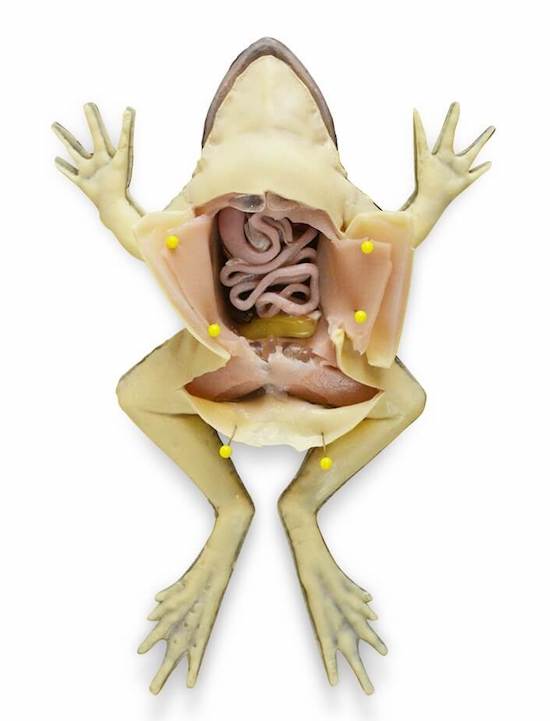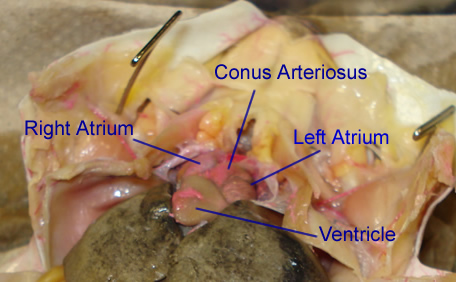

It was later translated and took the place of Avicenna's The Canon of Medicine as the primary teaching tool in Europe from the 12th century to the 17th century. The book was an educational text of medicine and surgery which included detailed illustrations. The book Al-Tasrif, written by Al-Zahrawi in 1000 A.D., details surgical procedure that differed from the previous standards.

Prior to the 10th century, dissection was not performed on human cadavers. Islam dictates that the body be buried as soon as possible, barring religious holidays, and that there be no other means of disposal such as cremation. Ibn al-Nafis, a physician and Muslim jurist, suggested that the 'precepts of Islamic law have discouraged us from the practice of dissection, along with whatever compassion is in our temperament', indicating that while there was no law against it, it was nevertheless uncommon. 1200, and Ibn al-Nafis in Syria and Egypt in the 13th century may have practiced dissection, but it remains ambiguous whether or not human dissection was practiced. Islamic physicians such as Ibn Zuhr (Avenzoar) (1091–1161) in Al-Andalus, Saladin's physician Ibn Jumay during the 12th century, Abd el-Latif in Egypt c. History įrom the beginning of the Islamic faith in 610 A.D., Shari'ah law has applied to a greater or lesser extent within Muslim countries, supported by Islamic scholars such as Al-Ghazali.

If pathological connections exist, such as a fibrous pericardium, then this may be deliberately dissected along with the organ. For example, when removing the heart, connects such as the superior vena cava and inferior vena cava are separated. Dissection of individual organs involves accessing the area in which the organ is situated, and systematically removing the anatomical connections of that organ to its surroundings. The Rokitansky method involves an in situ dissection of the organ block, and the technique of Ghon involves dissection of three separate blocks of organs - the thorax and cervical areas, gastrointestinal and abdominal organs, and urogenital organs. This technique allows a body to be sent to a funeral director without waiting for the sometimes time-consuming dissection of individual organs. An alternative more cumbersome technique involves the removal of the entire organ body, called the Letulle technique. Most dissection involves the careful isolation and removal of individual organs, called the Virchow technique.


 0 kommentar(er)
0 kommentar(er)
